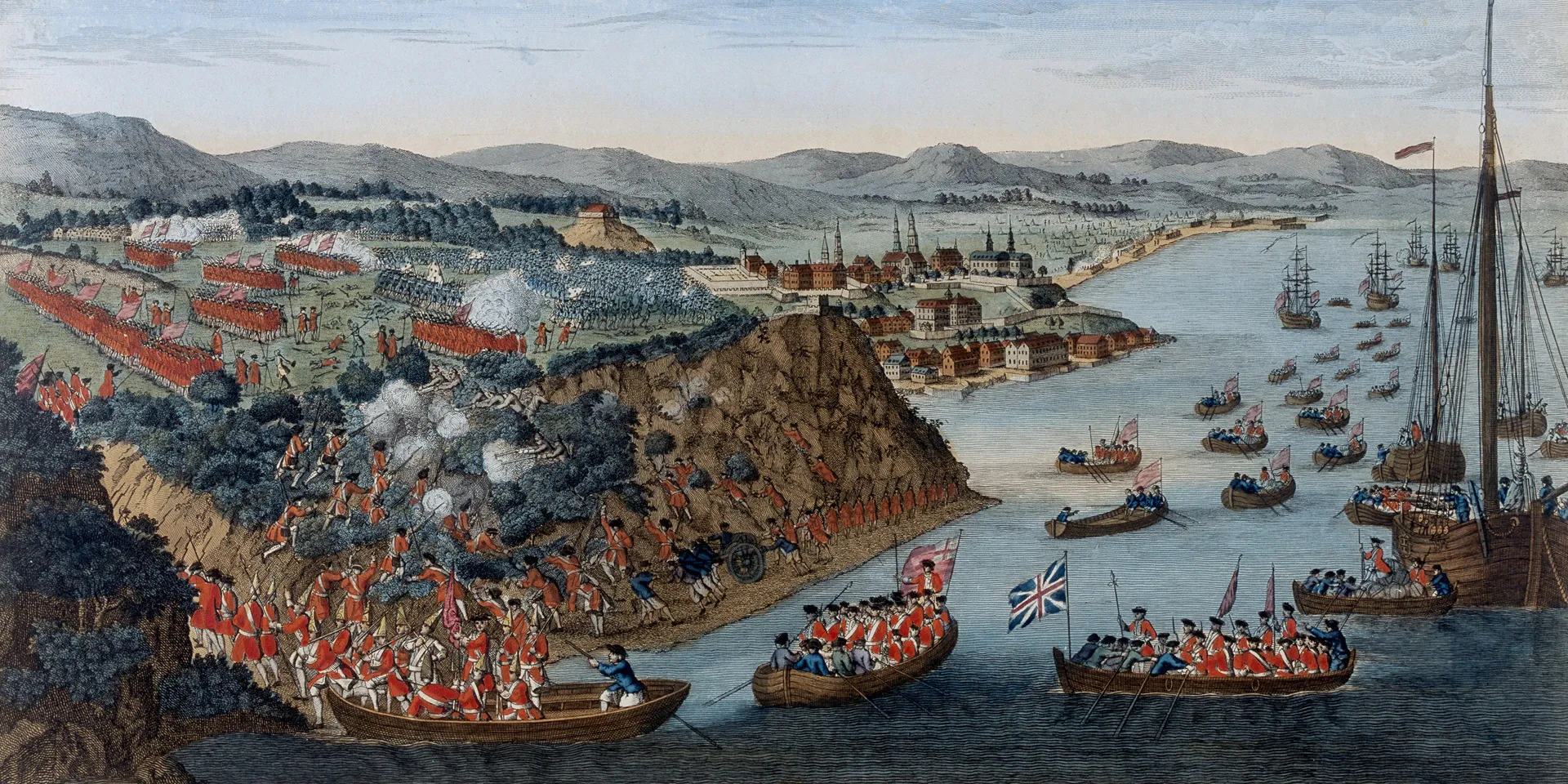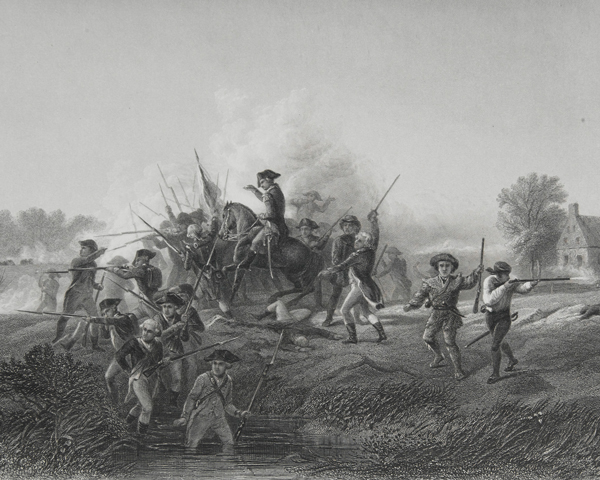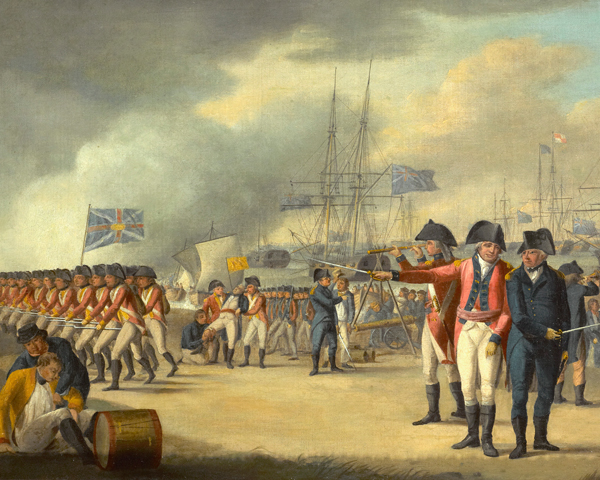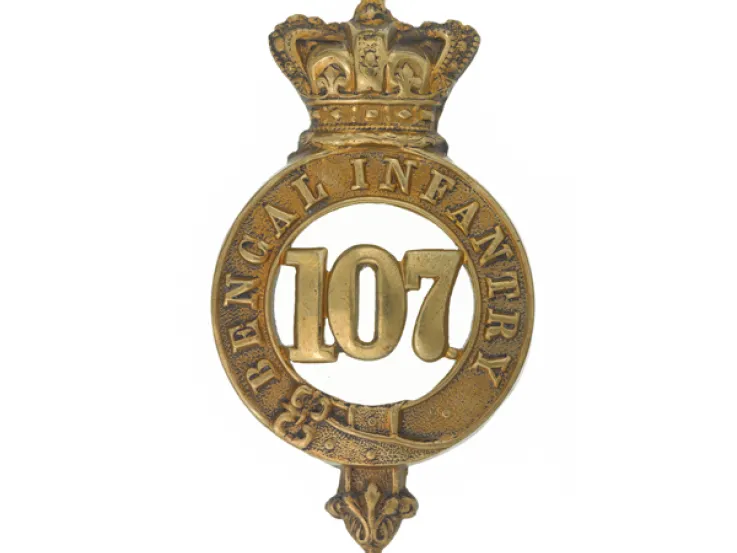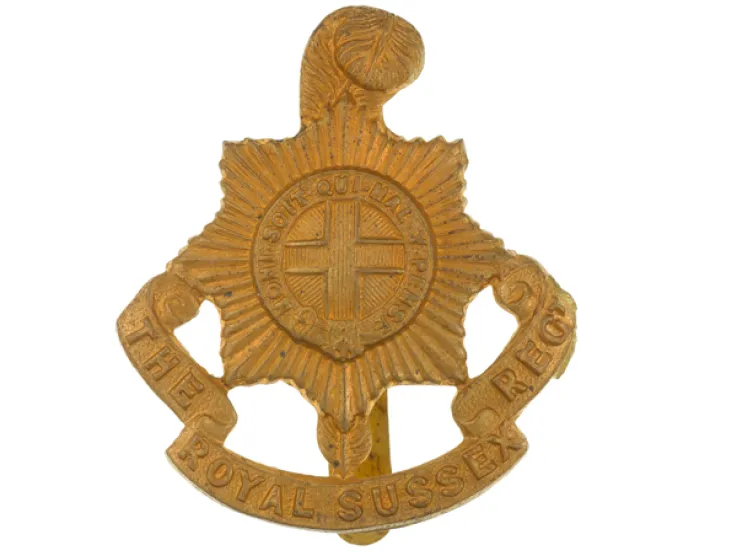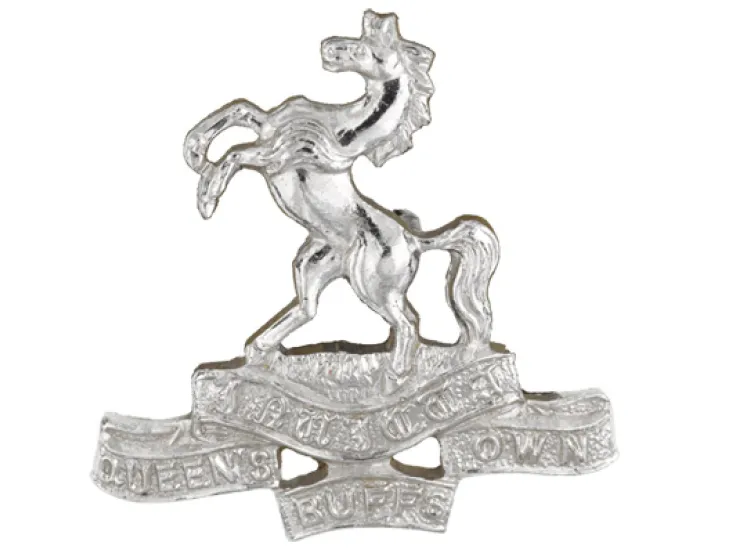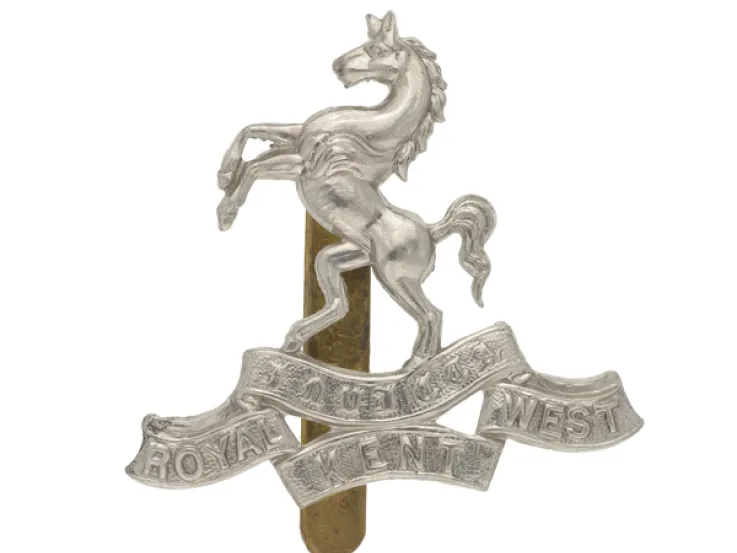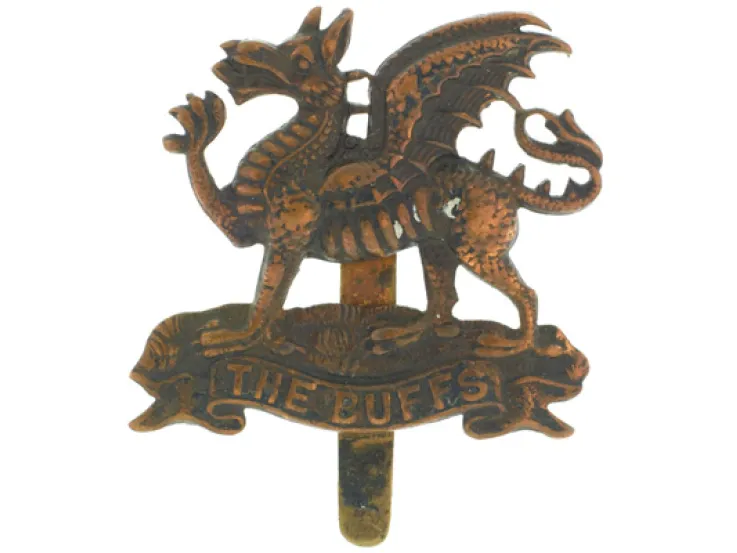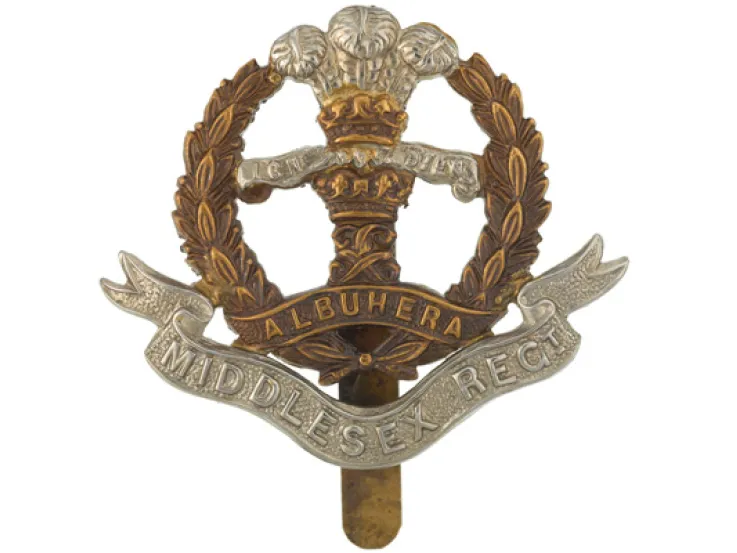Origins
In 1701, Arthur Chichester, 3rd Earl of Donegal, raised a regiment in Belfast. It served in the War of the Spanish Succession (1702-13), taking part in operations along the Spanish coast and fighting at the Battle of Cadiz (1702), the Siege of Gibraltar (1704-05) and the Siege of Barcelona (1706). The regiment lost its Colours at the Battle of Almanza (1707) and was nearly wiped out. After this, it returned to Ireland to recover.
Eleven years later, it was sent to garrison Minorca. Then, from 1725, it spent the next three decades back in Ireland. This period saw the regiment assigned the numeral 35 in the infantry order of precedence.
Quiz
Which of the following was a nickname of the 35th Regiment?
When the regiment was formed in 1701, King William III (also the Dutch Prince of Orange) granted it orange facings (lapels, cuffs and tails) in recognition of its Protestant allegiance and as a mark of royal favour.
Seven Years War
In 1756, the regiment sailed to North America to fight in the Seven Years War (1756-63). The following year, it was forced to surrender at Fort William Henry and marched out with full honours of war, only to be attacked by France’s Native American allies. Over 180 men were killed.
The regiment had recovered by 1759. At the Battle of Quebec it defeated the grenadiers of the French Royal Rousillon Regiment, going on to adopt its white plume badge. It then took part in the invasion of Martinique (1762) and the capture of Havana (1762), before sailing back to Britain in 1765.
American war
It was soon back in North America, fighting at Bunker Hill (1775), Long Island (1776), White Plains (1776) and Harlem Heights (1776) during the American War of Independence (1775-83).
In 1778, it joined the invasion force against the Caribbean island of St Lucia. Four years later, it was given the county designation of Dorset.
Revolutionary and Napoleonic Wars
In 1794, the regiment helped capture Martinique and St Lucia. Then, in 1799, it raised a 2nd Battalion, which joined 1st Battalion on the Helder Expedition in the Low Countries, fighting at Bergen and Alkmaar.
The following year, both battalions took part in the capture of Malta. This led to the adoption of the Maltese Cross on the regimental insignia.
2nd Battalion was disbanded in 1803, only to re-form two years later. Alongside 1st Battalion, it went on to serve in Sicily (1805), Egypt (1807) and Italy (1806), where it fought at the Battle of Maida.
In 1804, the regiment’s colonel undertook recruitment in Sussex. He successfully petitioned the Army to let him take on that county's title, which had previously belonged to the 25th Foot. The 35th's original affiliation with Dorset passed on to the 39th Foot in 1807.
In 1809, 1st Battalion was posted to the Ionian Islands, while 2nd Battalion was sent on the disastrous Walcheren Expedition. The latter returned to the Low Countries in 1813 and then fought at Waterloo (1815), before disbanding in 1817.
Victorian era
Over the next few decades, the regiment undertook garrison duties in Malta, the West Indies, Ireland and Mauritius. In 1832, the ‘Royal’ prefix was added to its title.
It was in Burma in 1856 and then saw service during the Indian Mutiny (1857-59), fighting at Arrah (1858) and in several other smaller engagements. Garrison duties in Barbados, Malta and Cyprus followed.
Legacy
In 1881, it was merged with the 107th Regiment of Foot (Bengal Light Infantry) to form The Royal Sussex Regiment.
Regimental museums
The National Army Museum works with a network of Regimental and Corps Museums across the UK to help preserve and share the history and traditions of the Army and its soldiers.
Discover more about the 35th (Royal Sussex) Regiment of Foot by visiting West Sussex Record Office in Chichester.

